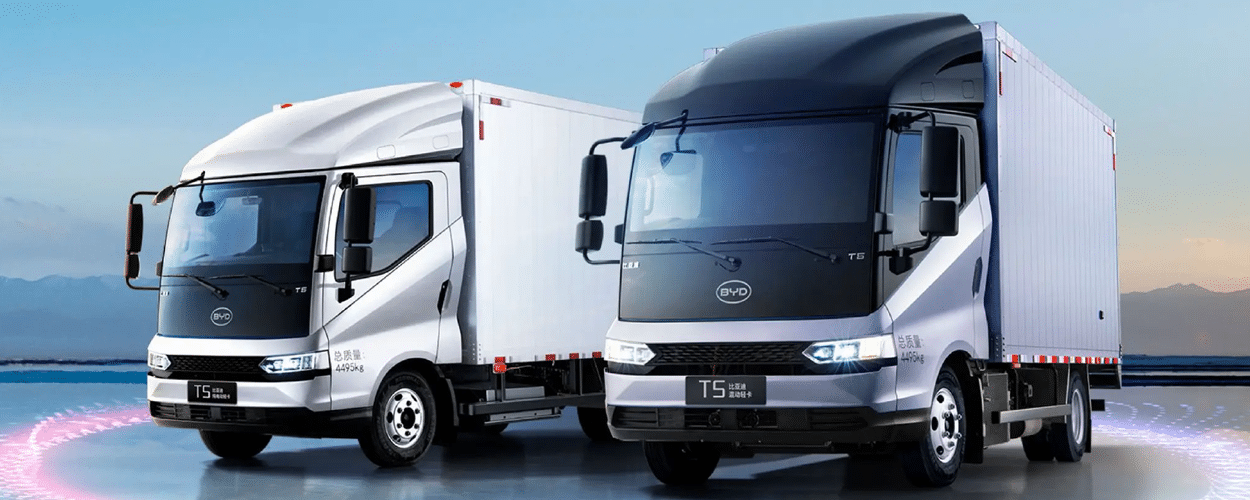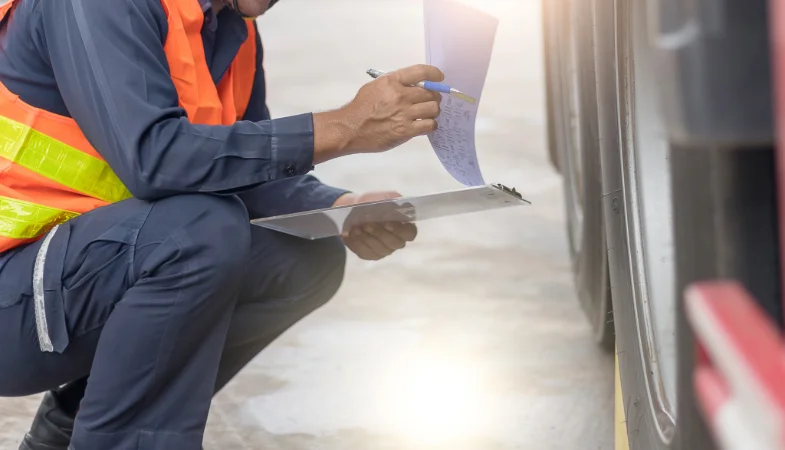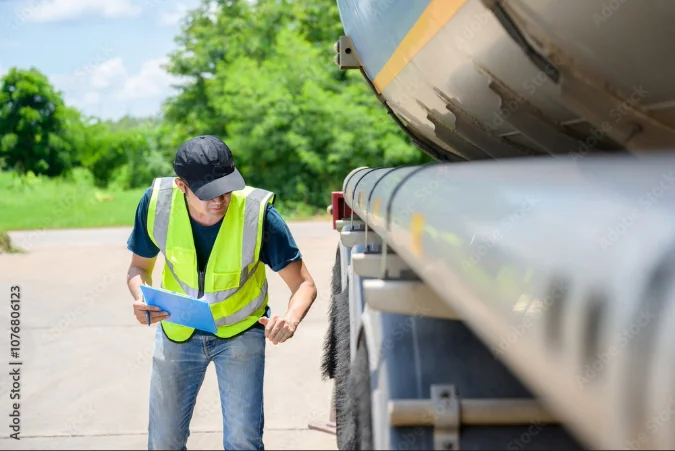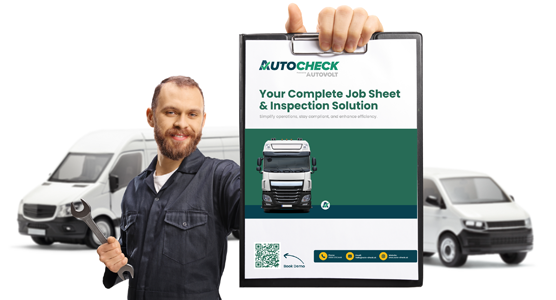New DVLA Rules: Heavier Electric Vans Now Allowed on a Standard Licence
As of 10 June 2025, drivers with a standard UK car licence (category B) can legally drive heavier electric or hydrogen vans, up to 4,250kg maximum authorised mass (MAM). This is a big change, and it matters for fleet operators, compliance managers, and anyone switching to zero-emission vehicles.
Let’s break down what’s changed, why it matters, and how it could affect your operation.
What’s Changed?
Before this update, category B licence holders were limited to vehicles up to 3,500kg MAM. That worked fine for most diesel vans, but many electric ones are heavier due to the size and weight of their batteries or hydrogen systems.
Now, drivers with a valid category B licence can operate a zero-emission vehicle (ZEV) weighing up to 4,250kg MAM. This only applies to electric or hydrogen-powered vehicles. Hybrids and other fuel types are still capped at 3,500kg.
This change applies to anyone who passed their car test on or after 1 January 1997. Drivers who passed before that date often already have permission to drive larger vehicles and trailer combinations.
You can read the full details on GOV.UK:
Driving an electric or hydrogen-powered vehicle – GOV.UK
Why It’s Happening
The DVLA has made this change to reflect the extra weight of batteries and fuel cell systems. In many cases, a like-for-like electric van ends up heavier than its diesel version, even with the same load. This rule change levels the playing field, making it easier for companies to adopt cleaner vehicles without having to upgrade their drivers’ licences.
Who Benefits?
This update helps a wide range of operators:
-
Courier and last-mile delivery firms adopting electric vans
-
Construction and utility fleets running battery-powered crew cabs
-
Local authorities introducing hydrogen-powered service vehicles
-
Waste and recycling firms trialling low-emission alternatives
Anyone managing vehicles close to the 3.5-tonne limit should take note. It might open the door to new vehicle choices without the licensing complications.
What You Need to Do
If you’re involved in fleet compliance or maintenance, this change means reviewing a few key areas:
-
Check that driver records include licence categories and test dates
-
Flag any ZEVs over 3,500kg in your fleet system
-
Adjust maintenance schedules where relevant (heavier vehicles may affect tyre wear, braking and suspension)
-
Make sure walkaround checks and inspection sheets account for battery systems, high-voltage cut-offs and other ZEV-specific risks
Tools like Autocheck can help keep all this organised, with custom checklists, licence monitoring and automated inspection scheduling.
Final Thoughts
This rule change removes one of the obstacles to adopting zero-emission vans. It allows operators to use larger electric or hydrogen vehicles without needing specialist drivers. For fleets aiming to cut emissions without adding admin headaches, it’s a welcome move.
If you’re thinking about shifting to electric or already running heavier ZEVs, now is a good time to make sure your systems and staff are aligned with the new rules.
Standard Feature
PC, Mobile & Tablet
Read more
Standard Feature
PC, Mobile & Tablet
Read more
standard Feature
Fleet Maintenance
Read more
standard feature
Fleet Maintenance
Read more
Standard Feature
DVLA Integration
Read more
Standard Feature
DVLA Integration
Read more
Standard Feature
Inspections/ PMI's
Read more
Standard Feature
Inspections/ PMI's
Read more
Standard Feature
Job Scheduling
Read more
Standard Feature
Job Scheduling
Read more
Standard feature
Customer Management
Read more
standard feature
Customer Management
Read more
Standard Feature
Asset Management
Read more
Standard Feature
Asset Management
Read more
Standard Feature
Driver Checks
Read more
Standard Feature
Driver Checks
Read more
premium feature
Parts Management
Read more
Premium Feature
Parts Management
Read more





